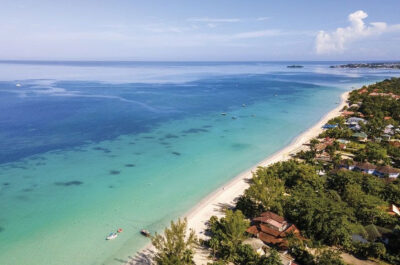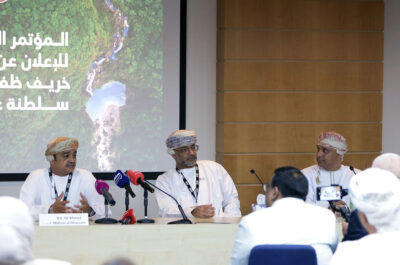The US State Department has categorically denied responsibility for the mistaken depiction of a small, remote northeastern Aegean island as Turkish…
The US State Department has categorically denied responsibility for the mistaken depiction of a small, remote northeastern Aegean island as Turkish rather than Greek by a UK-based interactive mapping service which relies on American data, among other sources, in presenting its mapping products on the Internet.
In an e-mailed response to an August 27 Athens News report on the portrayal by the British company Multimap.com (www.multimap.com) of Agios Efstratios as falling within Turkish borders, the State Department`s Office of the Geographer and Global Issues clearly indicated that the US considers the isle Greek.
Dan Kiser, a cartographer with the abovementioned office, confirmed that it provides the US` National Imagery and Mapping Agency (NIMA) – from which Multimap.com stated it had received its material on Agios Efstratios via data supplier Europa Technologies – with information on how to portray international boundaries on their maps.
The island in question was always listed as Greek in the NIMA VMAP0 data [which Multimap.com stated it had used in creating its map], and, therefore, was never an issue, he said.
A bathymetric boundary line on the map was mistaken for an international boundary line. The bathymetric boundary line in the VMAP0 data is portrayed accurately but measures the depth of the oceans.
The International boundary is portrayed correctly – showing Agios Efstratios as Greek. What Multimap.com did with the data and how viewers interpreted it was and is out of our control.
Europa Technologies` managing director Warren Vick had said the mistake originated from NIMA and that it was a simple mistake where source information was accepted in good faith and not checked – though it has since been corrected.
The Office of the Geographer and Global Issues follows sovereignty issues but does not set policy, Kiser noted. One of our many responsibilities is to inform the US federal government cartographers, including NIMA cartographers, as to how to portray international boundaries on their maps, he explained.
We do our best to inform everyone but the system isn`t perfect and sometimes a map may show incorrect boundaries. Once we`re informed of any mistakes, we do our best to find the originator of the map and instruct them on the needed correction(s).
In answering a question as to whether the State Department is aware that the island – located south of Limnos – is Greek and not Turkish, Kiser stated: We recognise this island as Greek and no US federal government body should be portraying it as anything otherwise. If they are, they are not following the proper guidance.
The department utilises the most accurate data it can obtain from a variety of sources, including maps, treaties and coordinate lists, as well as data from foreign governments. Kiser explained that a series of checks, such as proofing and double-checking of data from documents, is carried out.
The department does not rely on data from commercial vendors for its detailed portrayal of boundaries, he said.
Referring to the 1996 dispute between Greece and Turkey over the Imia rock islets, when war was narrowly averted following US intervention, the Athens News asked if the department is mindful of the problems which can be created by such errors.
We are very aware of such problems and try to do our best to portray sovereignty issues (boundaries) accurately. Not to point fingers but the Imia islets was a NIMA mistake, Kiser clarified.
We never instructed them to change the sovereignty of these islets and they
fixed this situation after we informed them of the proper portrayal.
Claims made in the earlier news report by Agios Efstratios community chairman Haralambos Makris that the Multimap.com mistake was suspicious and one of intentional ignorance were rejected by the US spokesperson who said that since there was no mistake in the [US agency`s] portrayal, this is not an issue.
Kiser refused to comment on Makris` suggestion that the error was linked to a globalisation of interests concerning the US and other supporters of Turkey. A significant proportion of Greeks believe the US is demonstrating increasing support for Turkey, considering its strategic position between Europe and Asia.
In response to a request for a departmental map clearly indicating the borders between Greece, particularly in the Aegean, he said no such product was available at this time. However, he pointed to the CIA World Factbook map of Greece presented online – a general map which lists some major cities and islands, and depicts the area in which Agios Efstratios is situated as Greek. The CIA site points out, under the category of international disputes, that Greece has complex maritime, air and territorial disputes with Turkey in [the] Aegean Sea.
Theodore is the Co-Founder and Managing Editor of TravelDailyNews Media Network; his responsibilities include business development and planning for TravelDailyNews long-term opportunities.

























































































































































































































